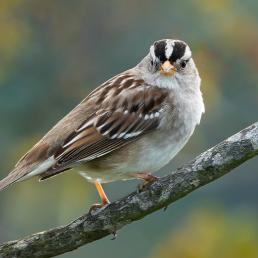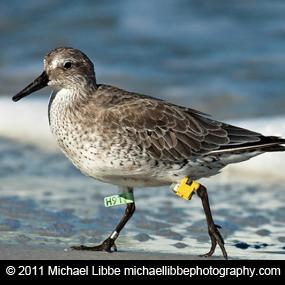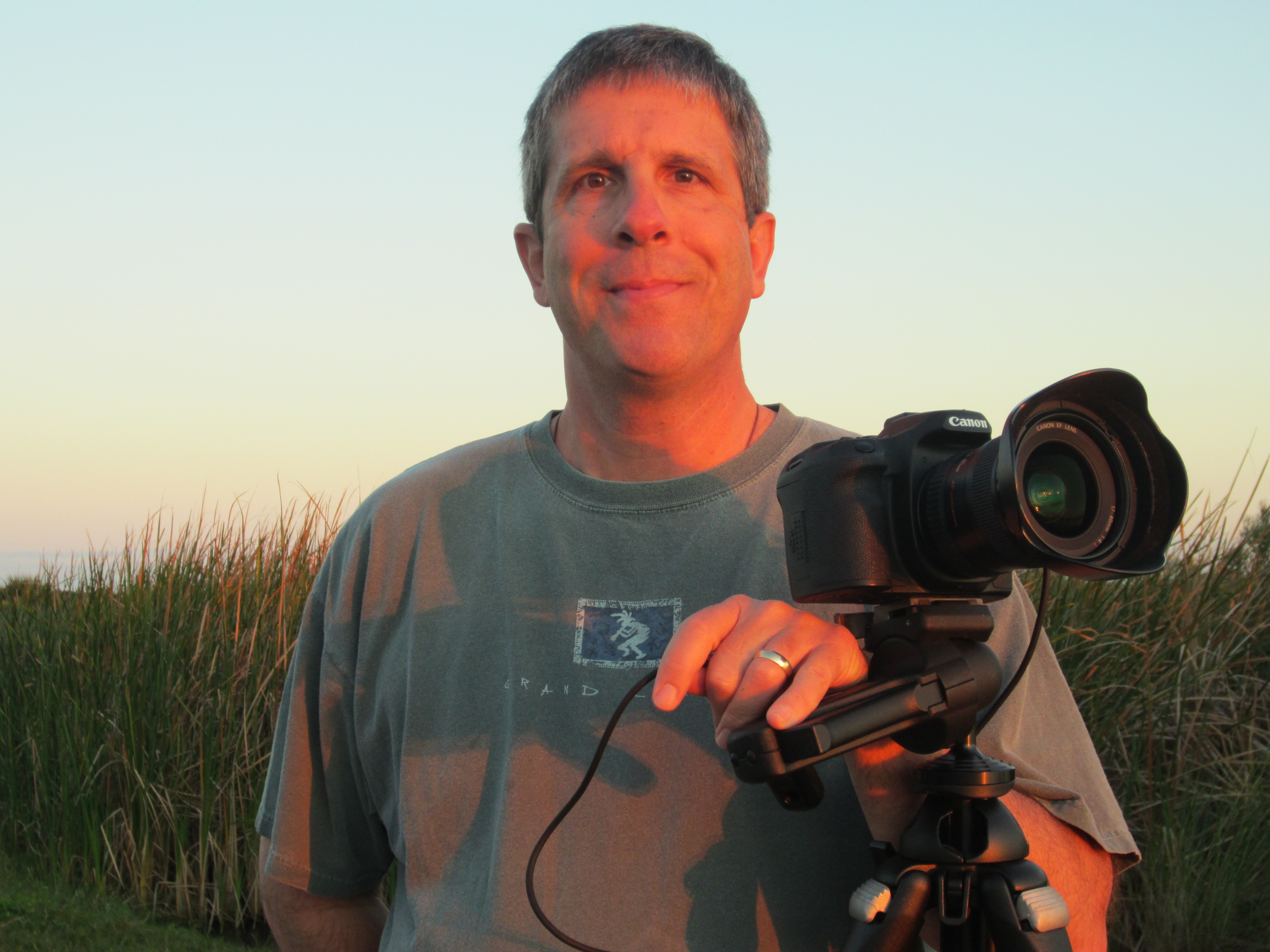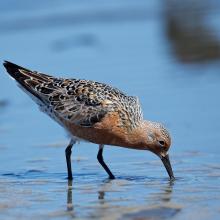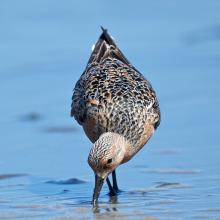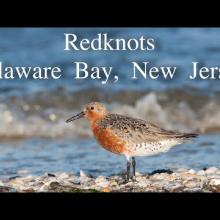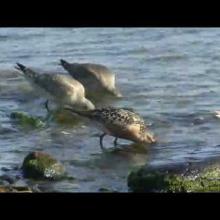BirdNote®
Mapping Songbird Migration – Geolocators Offer New Insights
Written by Bob Sundstrom
This is BirdNote.
[Wood Thrush song]
A songbird that weighs just an ounce*, such as this Wood Thrush we’re hearing, may travel across continents, thousands of miles a year. Isn’t that amazing? And now miniature technology is giving us new insights into how – and when and where – birds migrate.
Devices called geolocators record daily changes in light levels [at different latitudes and longitudes, by recording the time of each sunrise and sunset]. And by using them, scientists can determine where the birds have been and for how long.
[Background of Wood Thrush song]
Recently, tiny geolocators were attached to Wood Thrushes and Purple Martins before these birds migrated from North America to Central and South America for the winter.
When the birds were recaptured on their return north in spring, the geolocator data revealed surprising information about the birds’ movements. It turns out that some migrating Purple Martins travel 350 miles per day, when standard wisdom assumed them to fly fewer than 100 miles a day. Some migrants made lengthy fall stopovers that were previously unknown.
By mapping crucial migratory stopovers and wintering areas we can better understand why some birds are in decline. Research using miniature geolocators is an important step in this mapping.
[Wood Thrush song]
There’s more about geolocators on our website. For BirdNote, I’m Michael Stein.
###
Bird sounds provided by The Macaulay Library of Natural Sounds at the Cornell Lab of Ornithology, Ithaca, New York. Song of Wood Thrush 94416 recorded by W.L. Hershberger
Producer: John Kessler
Executive Producer: Chris Peterson
© 2012 Tune In to Nature.org April 2012 Narrator: Michael Stein
ID# geolocator-01-2012-04-29 geolocator-01 *1.6 ounce


